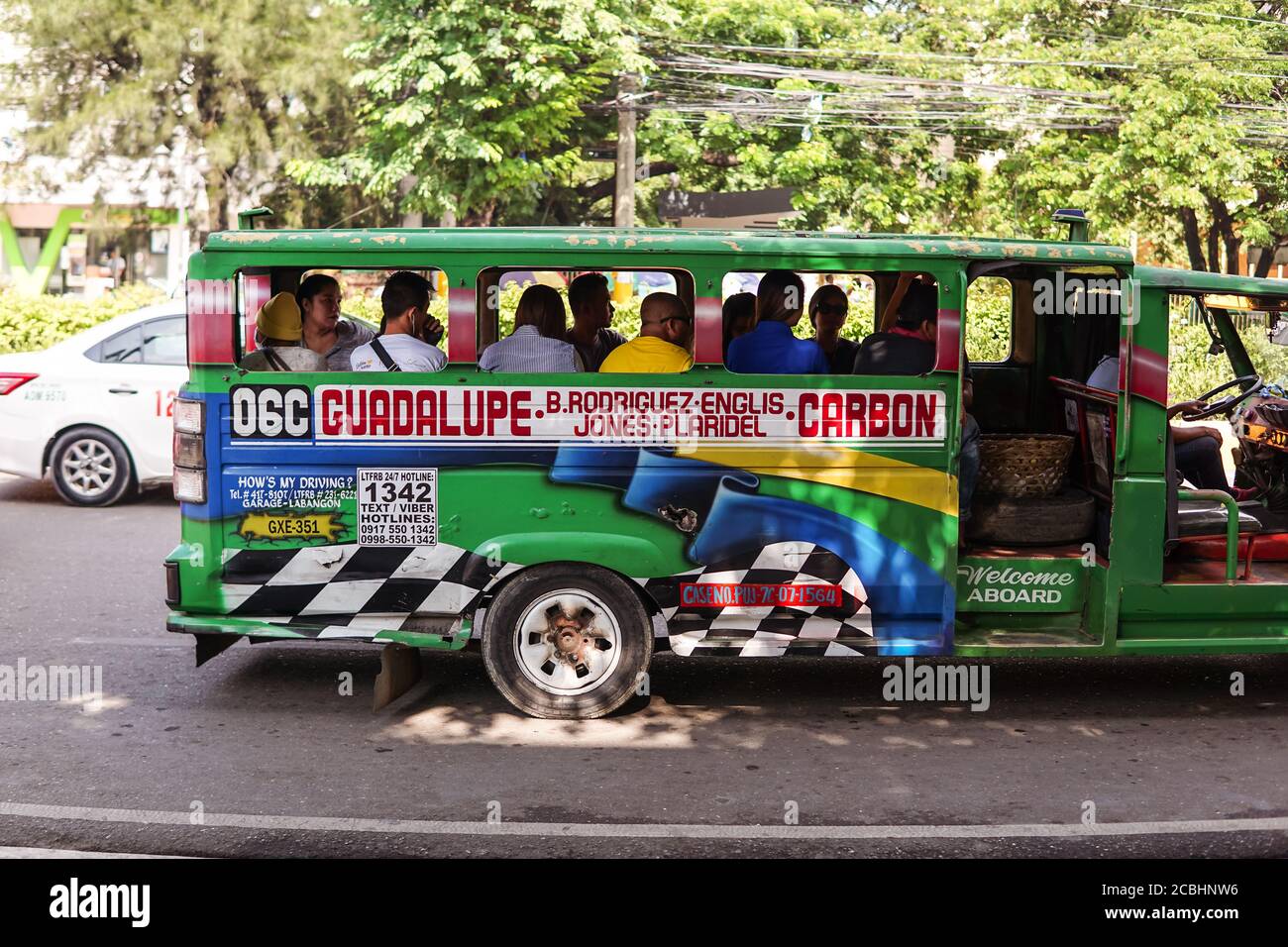Exactly How Transportation Marketing Can Change Public Transportation Spaces Into Dynamic Advertising Operatings Systems
Transportation advertising and marketing holds significant capacity to redefine public transport rooms right into vivid advertising systems that educate and involve. As we discover the multifaceted advantages and evolving strategies of transportation advertising and marketing, it elevates the inquiry of exactly how this improvement might redefine our communications with both brands and the urban environment.
Advantages of Transportation Marketing
Furthermore, transportation marketing is extremely cost-effective contrasted to conventional media. It permits advertisers to attain high impressions at reduced costs, taking full advantage of roi. The restricted audience of travelers provides a chance for brand names to communicate their messages to people who are usually receptive throughout their travel times.
Moreover, the dynamic nature of transportation advertising enables projects to be updated often, ensuring that messaging stays timely and relevant. This adaptability can be critical in reacting to market patterns or advertising events, keeping the brand name top-of-mind for customers. Lastly, the pervasive existence of transportation advertising and marketing adds to brand name recall; duplicated direct exposure within familiar traveling contexts reinforces brand recognition and fosters consumer loyalty, eventually driving sales and boosting brand track record.
Sorts Of Transportation Advertising
Public transport systems give numerous layouts for advertising, each satisfying different advertising approaches and audience engagement techniques. One famous kind is external bus and train covers, which cover the whole lorry and create a mobile billboard effect, permitting for high visibility in urban environments. These wraps can capture interest as they pass through hectic streets, reaching a diverse audience.
An additional prominent style is interior advertising, that includes posters, electronic displays, and advertisements on transit seats. These placements engage passengers throughout their journey, reinforcing brand name messaging in a restricted space. Digital displays, particularly, use the advantage of vibrant material, enabling marketers to upgrade messages in real-time.
Station advertising and marketing is likewise significant, including posters, banners, and interactive booths within transportation terminals. These ads take advantage of foot traffic and can target details demographics based upon location.
Last but not least, marketing partnerships with transportation authorities can result in unique projects, such as themed transportation experiences or events, improving the general engagement with travelers. Each type of transportation advertising supplies distinct advantages, allowing brands to customize their method to effectively reach their target audience within the general public transportation ecological community.
Engaging Travelers Effectively
Commuters are significantly inundated with advertising and marketing messages during their day-to-day trips, making it vital for brand names to engage them in ingenious means. To capture attention in this congested room, advertisers need to focus on creativity and significance. Making use of appealing visuals and succinct messaging can significantly improve the chance of involvement.
Interactive aspects, such as QR codes or increased reality functions, can likewise change fixed ads into immersive experiences, cultivating a much deeper connection with the audience. Brands should concentrate on attending to travelers' needs and rate of interests, customizing messages to reverberate with their way of living, whether via promos for local companies or services created to boost their travelling experience.
In addition, timing plays a crucial role; strategically placing ads throughout height commuting hours can make the most of visibility and influence. Engaging travelers properly likewise includes leveraging social networks combination, permitting guests to share their promotions or experiences directly from transportation systems, therefore amplifying brand name reach.
Essentially, efficient engagement rests on understanding the traveler trip and producing compelling, interactive, and relevant marketing experiences that not only record interest however also drive activity and loyalty. By doing so, brands can change public transport into a dynamic advertising and marketing platform that resonates with its target market.

Measuring Advertising And Marketing Effect
How can brand names properly examine the effectiveness of their advertising campaigns in transit settings? Measuring the influence of transportation advertising calls for a multifaceted strategy that integrates qualitative and measurable metrics. One prevalent approach is tracking engagement via mobile analytics, where brands can assess foot web traffic patterns and application interactions before, throughout, and after campaigns.
Surveys can provide useful insights into brand recall and customer sentiment, permitting brands to assess how well their messages resonate with travelers. Additionally, keeping track of social media sites engagement pertaining to particular projects can expose changes in public assumption and brand conversation.

Additionally, teaming up with transit companies can improve dimension precision, as they frequently possess in-depth market data on ridership fads. By integrating these approaches, brands can establish a detailed understanding of their advertising and marketing performance, ensuring that their campaigns not only reach but also impact their target audiences successfully.
Future Fads in Transit Advertising
A considerable change is anticipated en route marketing as technological improvements and changing consumer actions reshape the landscape. Transit Advertising Philippines. The integration of interactive media and electronic screens is expected to enhance engagement, allowing brand names to supply vibrant material that resonates with varied target markets. As public transport systems welcome wise innovation, advertisers will utilize real-time information analytics to tailor messages based on guest demographics and habits
Additionally, enhanced reality (AR) is positioned to reinvent the way commuters connect with ads. By offering immersive experiences, AR can change an ordinary journey right into an appealing narrative that captures interest and fosters brand name commitment. This development will likely motivate marketers to create even more experiential projects that drive consumer communication.
Sustainability is another critical fad influencing transportation marketing. As environmental awareness grows, brand names will progressively seek to align with environmentally friendly practices, using sustainable products and advertising green efforts within their campaigns.
Final Thought
Finally, transit marketing provides substantial advantages by improving brand name visibility and involving a captive audience. With various styles, such as outside covers and digital displays, it changes mass transit into a vivid advertising platform. Reliable interaction approaches and robust measurement strategies further enhance its influence. As fads evolve, the capacity for cutting-edge interactions between travelers and brand names is poised to grow, making sure that transportation advertising remains a crucial part of modern marketing techniques.
Transit advertising holds significant potential to redefine public transport rooms right into dynamic marketing platforms that notify and engage. The pervasive visibility of transportation marketing contributes to brand name recall; duplicated exposure within familiar traveling contexts enhances brand awareness and fosters customer commitment, inevitably driving sales and boosting brand credibility.
How can brands properly examine the efficiency of their marketing campaigns in transportation atmospheres?In conclusion, transit advertising and marketing supplies substantial benefits by enhancing brand name exposure and Transit Advertising Philippines engaging a restricted Resources audience. Transit Advertising Philippines. As trends advance, the capacity for innovative communications between brand names and commuters is positioned to grow, ensuring that transportation advertising stays an important part of modern advertising and marketing techniques